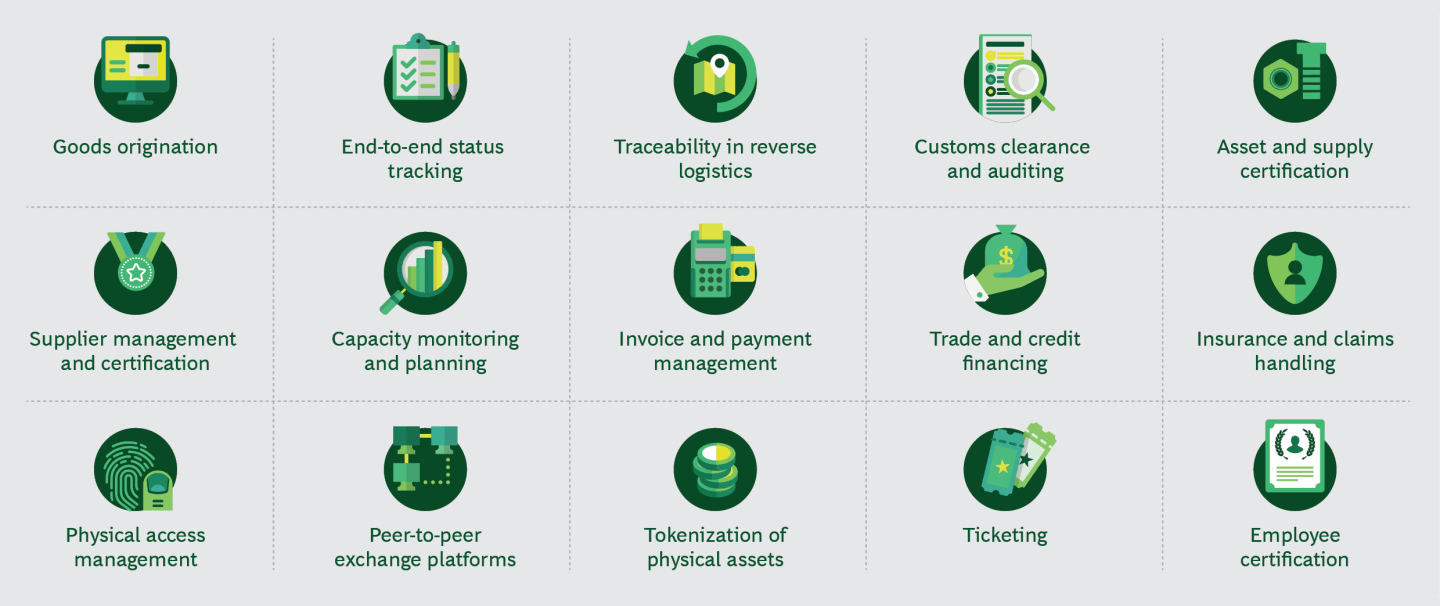Although blockchain poses challenges in the transportation and logistics sector, it also provides benefits. Since 2013, venture capital investors have poured approximately $300 million into startup companies offering blockchain solutions relevant to T&L.
BCG addresses that despite the magnitude of the potential benefits, blockchain adoption by the T&L industry has been slower than one might expect. Adoption has been impeded by the very same obstacles relating to coordination and trust that the technology would help the industry to overcome.

However, Blockchain has shaken ground in maritime and logistics as it provides transparency and it is easy-to use if one gets the know-how.
As such, the advantages are:
- Goods Origination: When registering materials in blockchain, the ones participating can verify the origination of these items, while in the meantime enhance quality assurance.
- End-to-End Status Tracking:The participants seek a real-time visibility, as freight transit. Blockchain enables the tracking along numerous parties and prevents retroactive manipulation of data.
- Invoice and Payment Management: As many are the participants in T&L transactions and the bureaucracy seems that it has no end, blockchain is used to store and share digitized records and create digitalized contracts. Automated processing reduces settlement times, ensures accuracy, and detects fraud, while eliminating the need for intermediaries and paper-based processes.
- Traceability in reverse logistics.
- Customs clearance and auditing.
- Asset and supply certification.
- Supplier management and certification.
- Capacity monitoring and planning.
- Trade and credit financing.
- Insurance and claiming handling.
- Physical access management.
- Peer-to-peer exchange platforms.
- Tokenization of physical assets.
- Ticketing.
- Employee certification.
Concluding, the digitalization of certification is of a big importance for the maritime industry as the certification process has remained unchanged until today.

































































